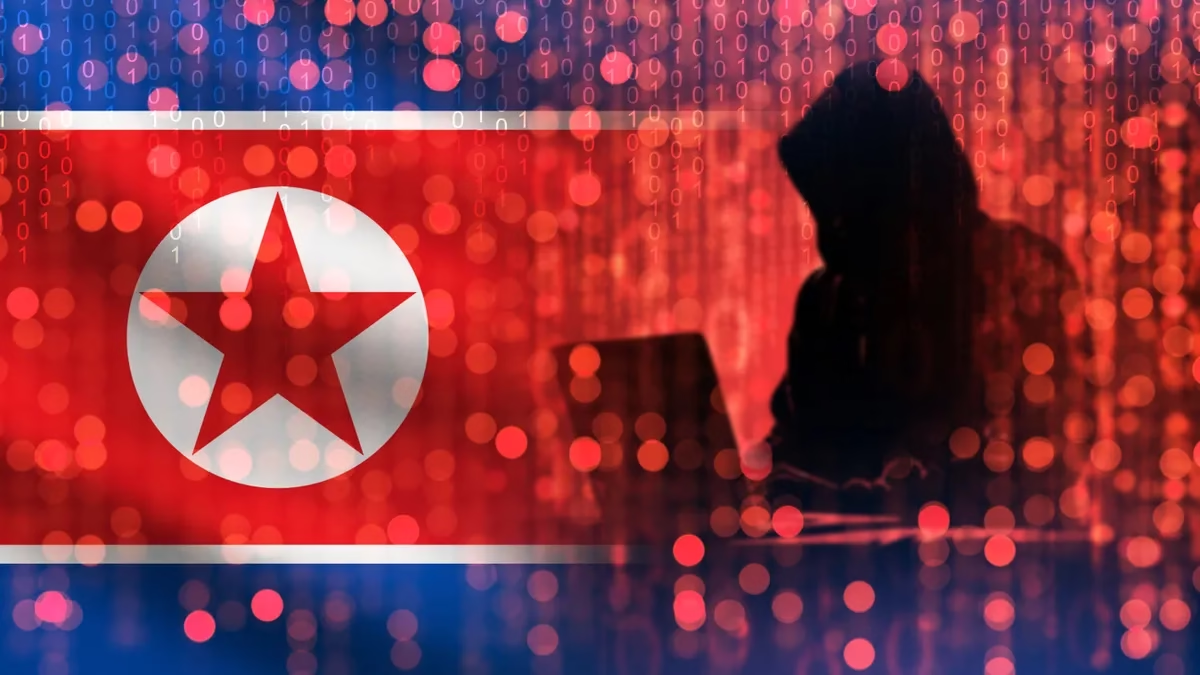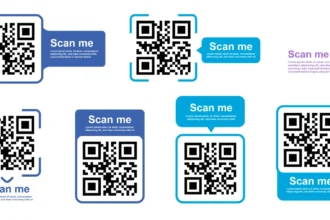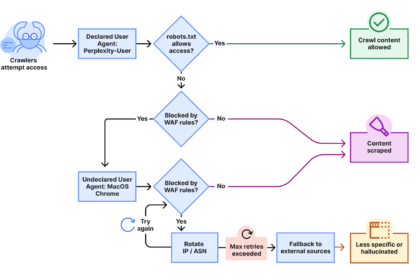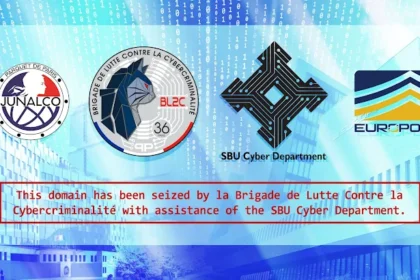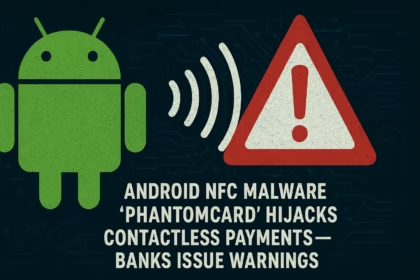In a chilling demonstration of how artificial intelligence is reshaping cyber warfare, North Korean state-sponsored hackers are suspected of using OpenAI’s ChatGPT to help create a deepfake South Korean military ID card as part of a sophisticated phishing campaign. The alarming discovery was made by Genians, a leading South Korean cybersecurity firm, and published on September 14, 2025.
This incident marks one of the first confirmed cases where publicly available AI tools have been weaponized by nation-state actors to enhance the credibility of targeted cyberattacks—blurring the line between digital deception and real-world impersonation.
🎯 The Attack: A Fake Military ID with Real Intentions
According to Genians’ investigation, the attack targeted individuals and organizations in South Korea through a highly tailored phishing email. At first glance, the message appeared legitimate—featuring what looked like an official draft of a South Korean military identification card.
But this wasn’t just any forged document. Cybersecurity analysts believe the attackers used ChatGPT and other generative AI tools to:
- Generate realistic text formatting and bureaucratic language.
- Mimic the structure and terminology used in actual military documents.
- Possibly assist in designing visual elements or metadata for the fake ID.
Rather than embedding the malicious payload directly, the email contained a link—disguised as a secure document download—that led to malware capable of exfiltrating sensitive data from infected devices.
🔍 “The use of AI significantly increased the realism and authenticity of the lure,” Genians stated in its report. “It reduced linguistic errors and improved formatting consistency—hallmarks of previous North Korean operations.”
⚠️ Why This Is a Game-Changer in Cyber Threats
For years, North Korea’s hacking units—such as Lazarus Group and Andariel—have been linked to global cyber heists, ransomware attacks, and espionage campaigns. Traditionally, their phishing attempts were often flagged due to poor grammar, awkward phrasing, or inconsistent design.
But now, AI is leveling the playing field.
By leveraging widely accessible tools like ChatGPT, even poorly resourced threat actors can produce:
- Grammatically flawless content.
- Culturally and contextually accurate documents.
- Highly convincing social engineering lures.
This dramatically increases the success rate of phishing attacks, especially when targeting government agencies, defense contractors, or journalists who might be more likely to engage with seemingly official military correspondence.
🤖 The Dual-Use Dilemma of Generative AI
The incident underscores a growing concern in the cybersecurity world: the dual-use nature of AI.
Tools designed to assist writers, students, and professionals are now being exploited by malicious actors to:
- Craft convincing spear-phishing emails.
- Automate disinformation campaigns.
- Forge identities and documents.
- Bypass traditional detection systems.
While OpenAI and other AI developers have implemented safeguards to prevent misuse, these measures can be circumvented through prompt engineering or indirect workflows—where AI is used only in early stages (e.g., drafting text), while final forgery is done manually or via image-generation tools.
💡 In this case, it’s believed that ChatGPT was not used to generate the full deepfake image—but rather to refine the textual components and layout logic, making the final forged ID appear more authentic.
🛡️ How Organizations Can Respond
As AI-powered attacks become more common, traditional security defenses may no longer suffice. Experts recommend:
✅ Enhanced Employee Training: Teach staff to scrutinize not just links and attachments, but also the context and source of communications—even those that look professionally crafted.
✅ Multi-Factor Authentication (MFA): Prevent unauthorized access even if credentials are compromised.
✅ AI-Aware Threat Detection: Deploy next-gen email security platforms that analyze behavioral patterns, sender reputation, and subtle anomalies beyond just content.
✅ Zero Trust Policies: Assume breach; verify every request, regardless of origin.
✅ Government & Industry Collaboration: Regulators and tech companies must work together to track AI abuse and develop watermarking or provenance standards for AI-generated content.
🌐 A Warning Sign for Global Cybersecurity
This attack isn’t isolated—it’s a preview of the future of cyberwarfare.
Nation-states are increasingly turning to commercial AI tools to amplify their reach and sophistication. From creating fake identities to generating voice clones (deepfake audio) or fabricating news stories, the potential for abuse grows daily.
South Korea, which faces constant cyber threats from its northern neighbor, has already raised its cyber alert level and urged public and private institutions to strengthen digital defenses.
📢 “We are entering an era where trust itself is under attack,” said a Seoul-based cybersecurity analyst. “If we can’t trust documents, voices, or faces online—what can we trust?”
🔚 Final Thoughts: AI Isn’t Just a Tool—It’s a Battlefield
The exploitation of ChatGPT by suspected North Korean hackers is a wake-up call. Artificial intelligence is no longer just a productivity booster—it’s a weapon in the hands of cyber adversaries.
As generative AI becomes more powerful and accessible, the responsibility falls on governments, tech companies, and users alike to anticipate misuse and build resilient systems.
One thing is clear: Cybersecurity in the AI age will require more than firewalls and passwords. It will require vigilance, education, and ethical innovation.
References:
- Bloomberg. (September 14, 2025). North Korean Hackers Used ChatGPT to Help Forge Deepfake ID.
- Genians. (2025). Threat Intelligence Report: AI-Enhanced Phishing Campaign Linked to North Korean Actors.
- OpenAI. (2025). Usage Policies and Misuse Prevention Guidelines.
- U.S. Cybersecurity and Infrastructure Security Agency (CISA). (2025). Alert on AI-Driven Social Engineering Threats.



